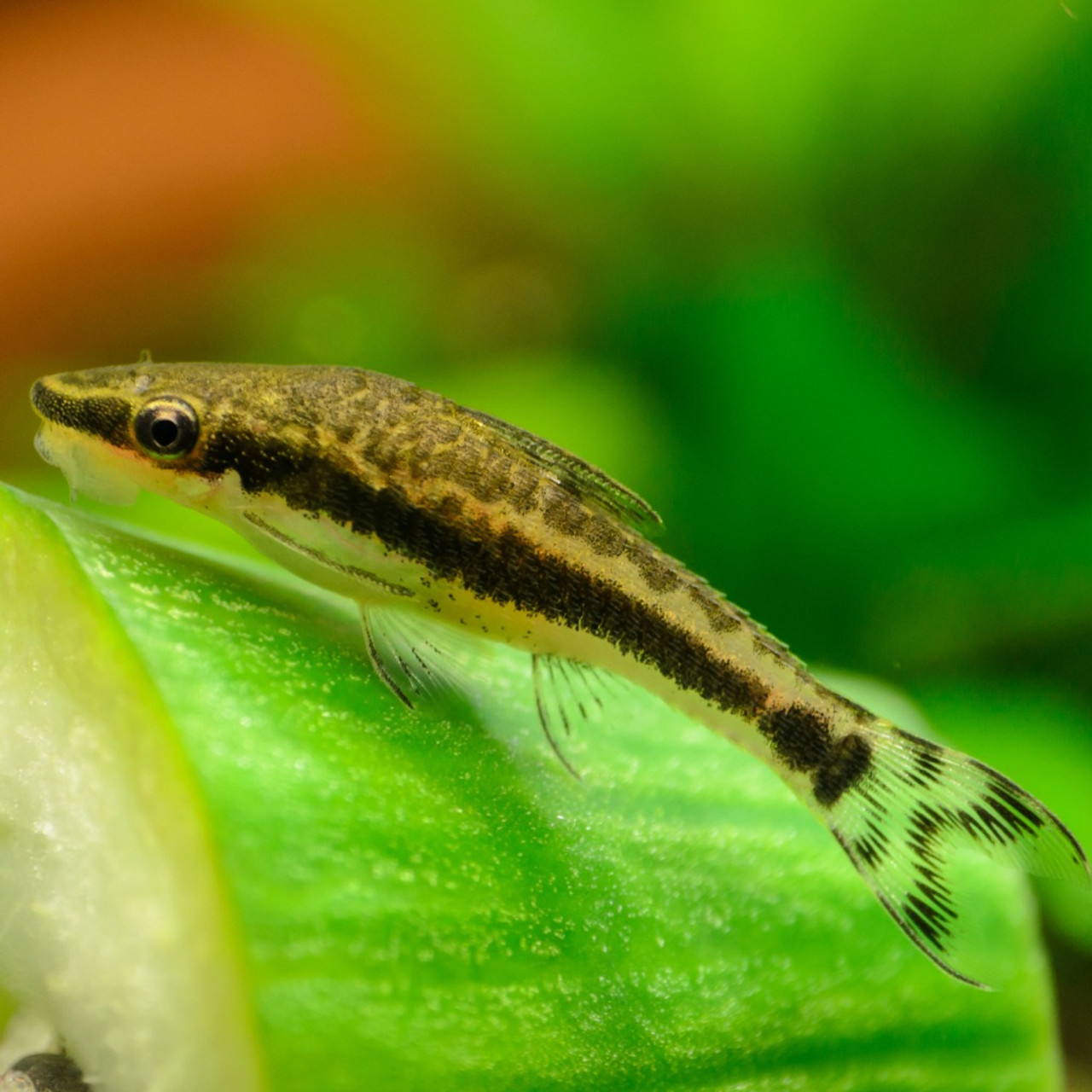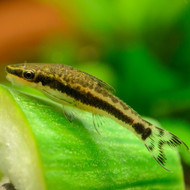Top 10 Best Fish for Planted Aquariums (Part I - Algae Eating Fish).
Posted by Artur Wlazlo on 28 Dec 2022
We are often asked for guidance about the best fish for planted aquariums. Most aquarium fish are well suited for planted aquariums and all will appreciate plants in their environment. Healthy aquarium plants provide hiding places, spawning surfaces, and food and help keep an aquarium “clean” by filtering impurities and otherwise harmful compounds to fish. Many fish are also beneficial to plants. Some will clean the plants and their leaves, keeping them free of debris. And, let’s not forget, waste produced by fish provides food to plants as well. An aquarium full of aquarium plants and fish makes for a better and more interesting experience.
We will divide our pick of the best aquarium fish for planted aquariums into three distinct groups: Algae-Eating Fish, Scavenging Fish, and Beautiful & Noteworthy. In this blog, we’ll cover algae-eating fish.
ALGAE EATING FISH FOR PLANTED AQUARIUM
Anyone who has ever had plants in their aquarium knows very well that the leaves of aquatic plants are ideal surfaces for algae to grow on. If left unchecked, algae may cover the leaves completely and make it difficult for the plant to absorb enough light, hindering its life-sustaining process of photosynthesis. This can be a particularly acute problem for slower-growing plants like Anubias.
Not all fish will eat algae but some evolved to be excellent algae-eating machines. Most of these fish are catfish but some livebearers are great at eating algae as well. Here are our top picks for algae-eating fish for a planted tank:
1. Otocinclus "Oto" Catfish
Otocinclus "Oto" Catfish, also called dwarf otos, are very small and peaceful catfish that have gained popularity in recent years. They have olive green/silver bodies through which a thick black stripe that runs from the tail to the eye. They are perfect catfish for planted aquariums as they will constantly graze on algae and, due to their small size, they will not eat or destroy plants.

Otocinclus are small catfish in the Loricariidae family and are native to South America. In nature, these fish are often found in slow to moderate-flowing small streams or along the shores of large rivers, clinging with their suckermouths to plants, rocks, driftwood, or substrate and feeding on algae or biofilm. They will tolerate a wide range of aquarium conditions and are particularly suited for community tanks because of their small size and peaceful temperament. They are social fish and should be kept in groups of at least 6 individuals and preferably more.
Otocinclus Catfish should be kept in planted tanks and provided with numerous hiding and resting places. Adding driftwood and rocks, as well as botanicals such as Catappa leaves or Maoni Pods, is also highly recommended. They are very active and "busy" grazing on algae throughout the day.
Otocinclus can be kept with many other peaceful fishes, including tetras, discus, dwarf cichlids, corydoras catfish, plecos, and many other community fish. They are predominantly herbivorous and will feed on most algae. Their algae diet should be supplemented with algae wafers, lettuce or spinach leaves, peas, and cucumber.
2. Siamese Algae Eater
Siamese Algae Eater is a great beginner fish and even better at grazing on algae, including the dreaded black beard algae. The fish has a long and narrow body in hues of gray, silver, and green. Its body also has a distinctive black stripe running from the head to the tail.

In the wild, Siamese Algae Eaters are widely distributed in Southeast Asia, including Thailand and Malaysia. They are found in small rivers and streams with lots of plants. They belong to the Cyprinidae family. They are very popular aquarium fish as they are peaceful, easy to care for, help control algae in the aquarium, and are very active throughout the day, providing a constant source of entertainment. They are social fish and should be kept in groups.
The ideal aquarium for Siamese Algae Eater would recreate parts of their natural habitat and include live aquarium plants, and driftwood, and provide open space for them to swim. However, while the plants will make them feel more at home, they have no special requirements or difficulty adjusting to most aquarium conditions. They will accept all types of fish foods, including flakes and pellets. And they are especially good at grazing on algae and keeping the aquarium plants and decorations clean.
Siamese Algae Eaters are great for planted or community fish tanks and can be kept with other peaceful fish, including tetras, guppies, plecos, cory catfish, angelfish, and more.
3. Bristlenose Pleco
Bristlenose Pleco, also known as a bushy nose pleco, belongs to the family Loricariide. It is widely found in tropical South America. There are different color variants available, ranging in body colors from black to dark gray, and from light yellow to slightly reddish.

It is peaceful towards other tankmates, but males may be more territorial or aggressive toward other male plecos. This fish will eat just about everything, including frozen foods, algae, and other plant-like material but, generally, will not harm healthy aquarium plants. It is not a finicky eater and will readily accept commercially prepared flakes or algae wafers. You can supplement its diet with slices of potatoes, cucumber, zucchini, or lettuce leaves by placing them on the bottom of the aquarium.
Plecos do not require large aquariums but will appreciate shelter/hiding places such as caves, driftwood, or rocks. Water chemistry is not critical and the fish will adapt to a wide range of water conditions. Sexing is fairly easy as the males develop bristle-like projections on the head. When breeding, the female will lay eggs in a cave, between roots or bogwood, and they, as well as the fry, are guarded by the male.
These algae eaters are an excellent choice for planted aquariums. Their relatively small size – especially the diminutive Oto – ensures that they will not destroy the plants. They’re also known for being very good algae eaters and will constantly graze algae from the leaves or aquarium decorations. In our next installment, we will discuss the top scavenging fish for a planted aquarium.

